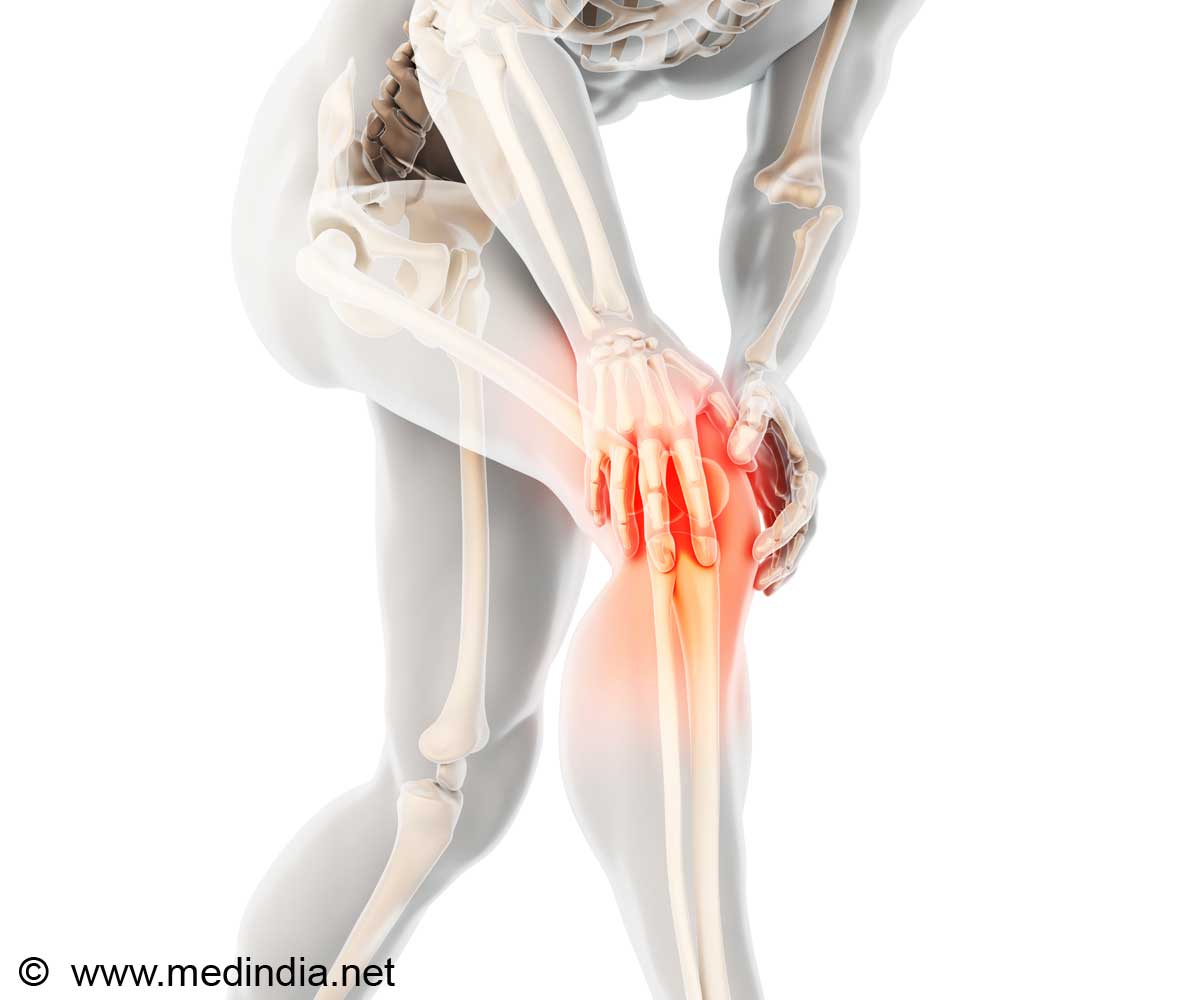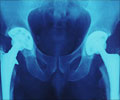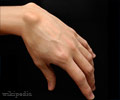
The printer is a combination of two low-cost fabrication techniques: a traditional ink jet printer and an electrospinning machine. Combining these systems allowed the scientists to build a structure made from natural and synthetic materials. Synthetic materials ensure the strength of the construct and natural gel materials provide an environment that promotes cell growth.
In this study, the hybrid system produced cartilage constructs with increased mechanical stability compared to those created by an ink jet printer using gel material alone. The constructs were also shown to maintain their functional characteristics in the laboratory and a real-life system.
The key to this was the use of the electrospinning machine, which uses an electrical current to generate very fine fibres from a polymer solution. Electrospinning allows the composition of polymers to be easily controlled and therefore produces porous structures that encourage cells to integrate into surrounding tissue.
"This is a proof of concept study and illustrates that a combination of materials and fabrication methods generates durable implantable constructs," said James Yoo, M.D., Ph.D., Professor at the Wake Forest Institute for Regenerative Medicine, and an author on the study. "Other methods of fabrication, such as robotic systems, are currently being developed to further improve the production of implantable tissue constructs."
In this study, flexible mats of electrospun synthetic polymer were combined, layer-by-layer, with a solution of cartilage cells from a rabbit ear that were deposited using the traditional ink jet printer. The constructs were square with a 10cm diagonal and a 0.4mm thickness.
Advertisement
The constructs were also inserted into mice for two, four and eight weeks to see how they performed in a real life system. After eight weeks of implantation, the constructs appeared to have developed the structures and properties that are typical of elastic cartilage, demonstrating their potential for insertion into a patient.
Advertisement
A careful selection of scaffold material for each patient's construct would allow the implant to withstand mechanical forces while encouraging new cartilage to organise and fill the defect.
The study was recently presented in IOP Publishing's journal Biofabrication.
Source-ANI











